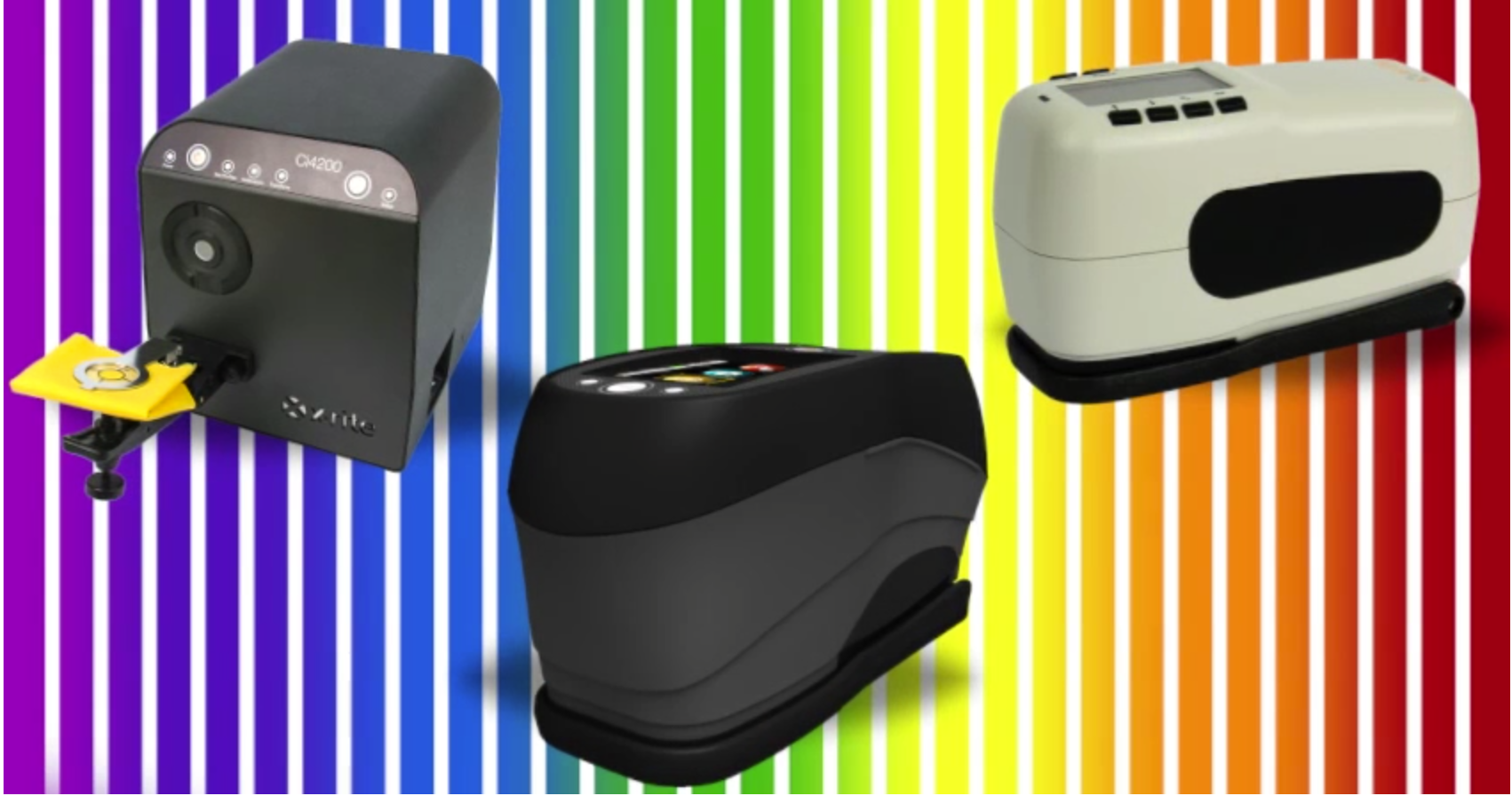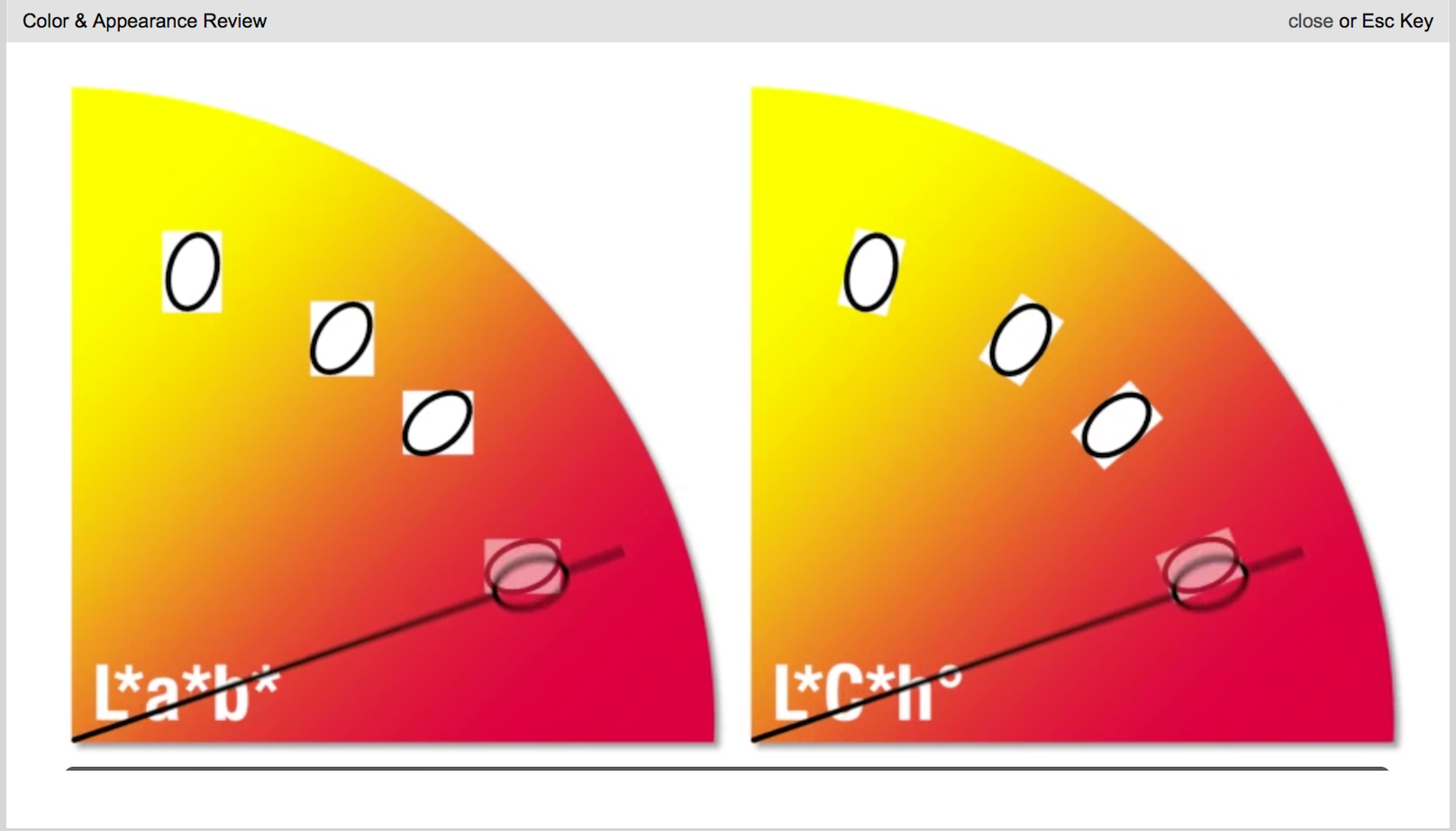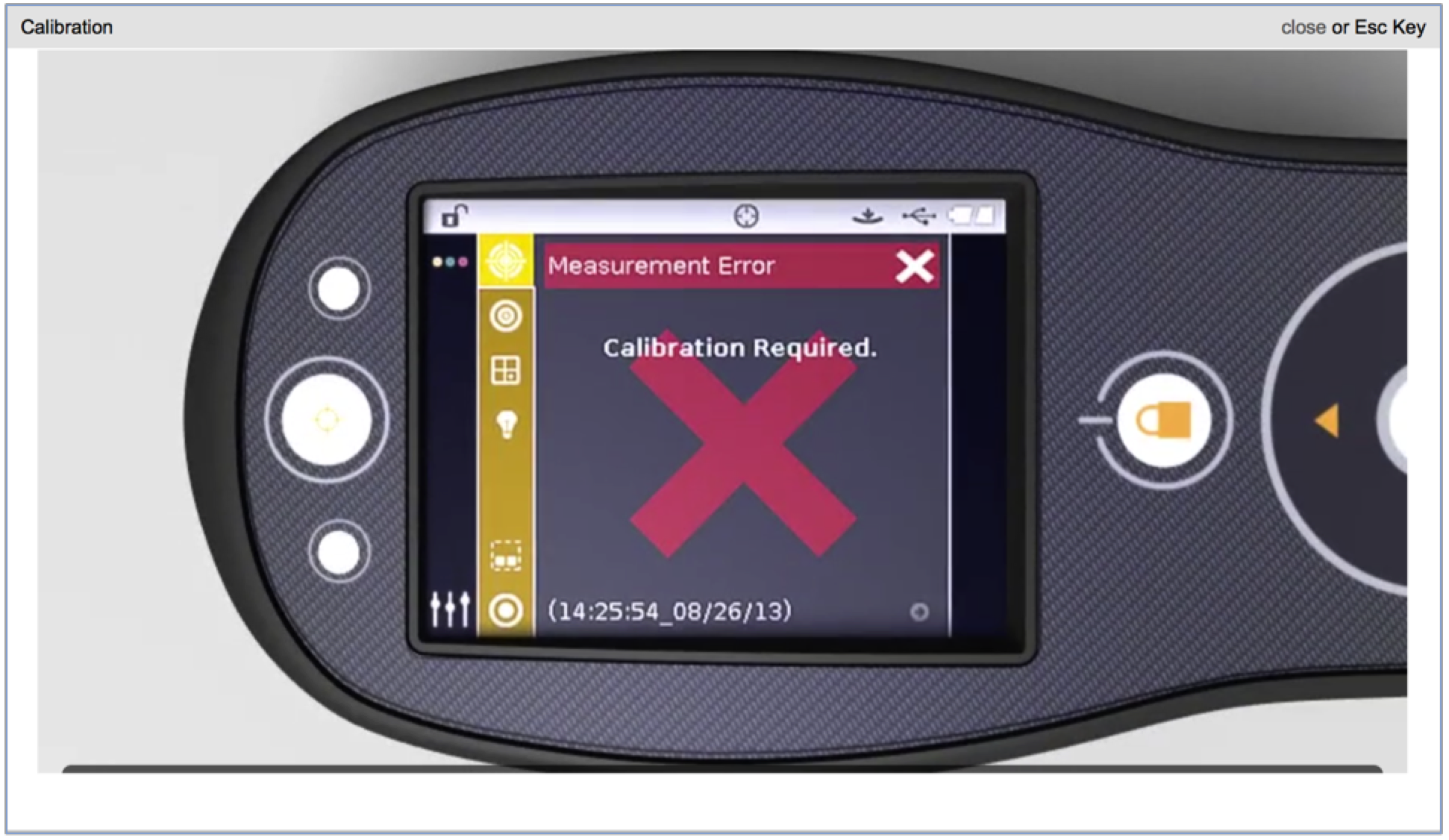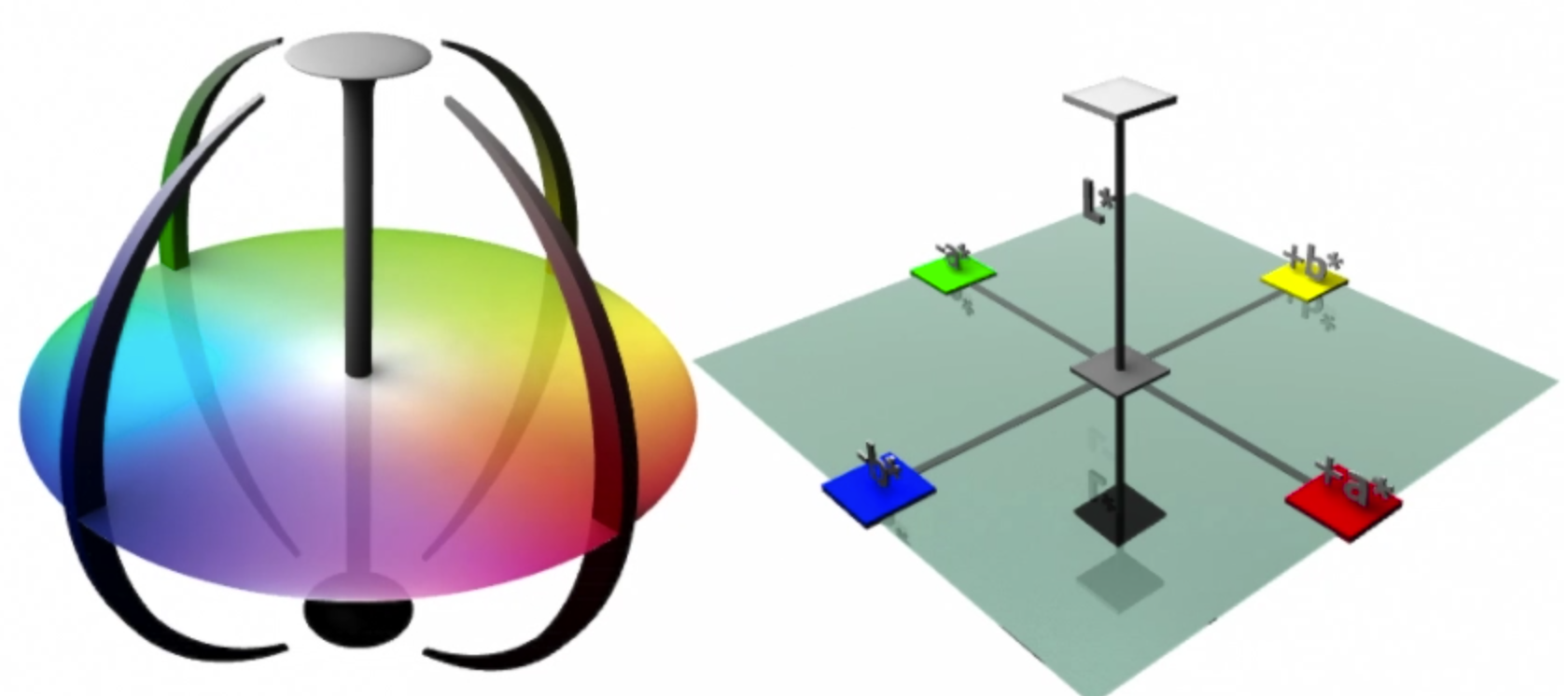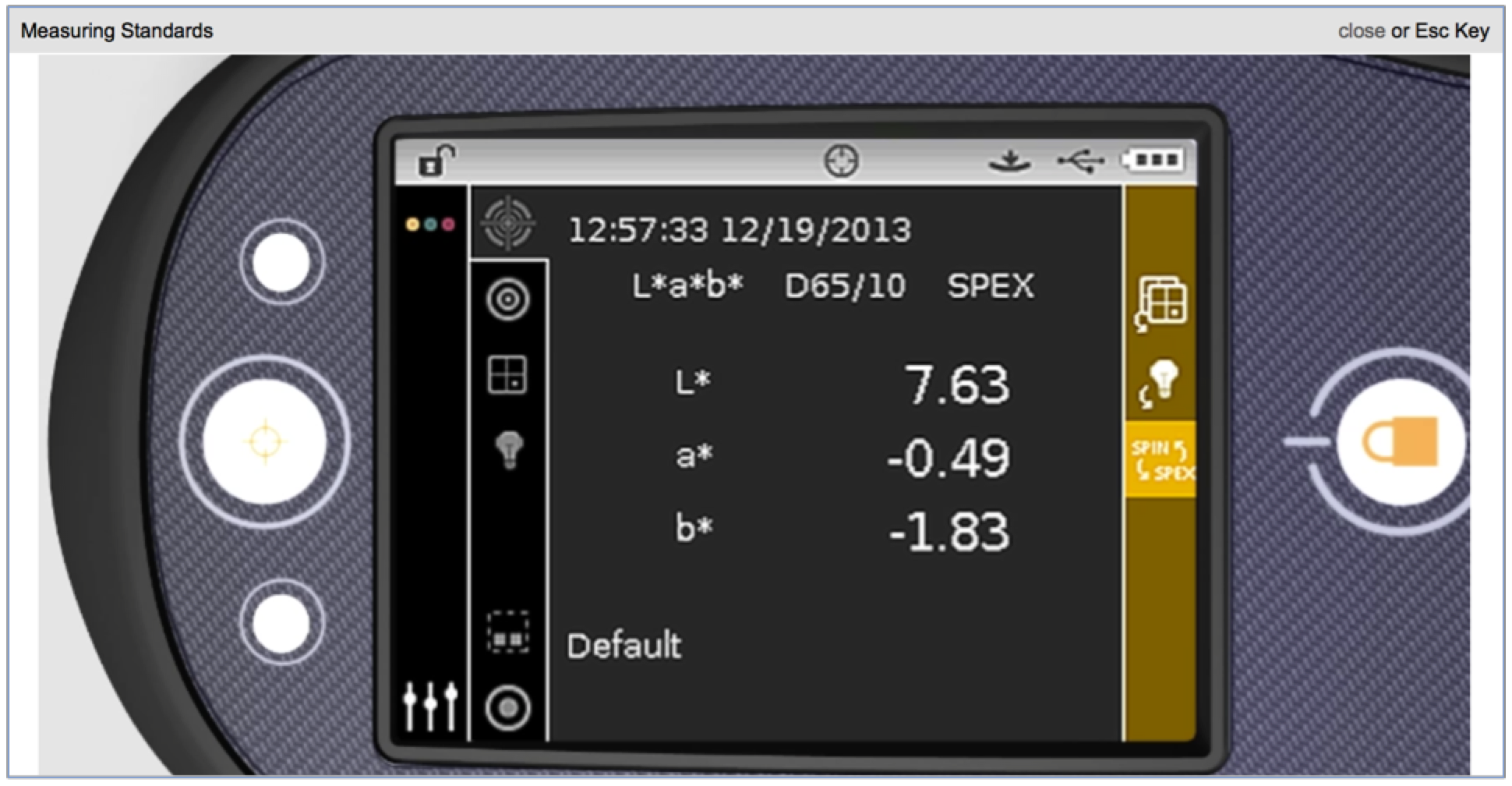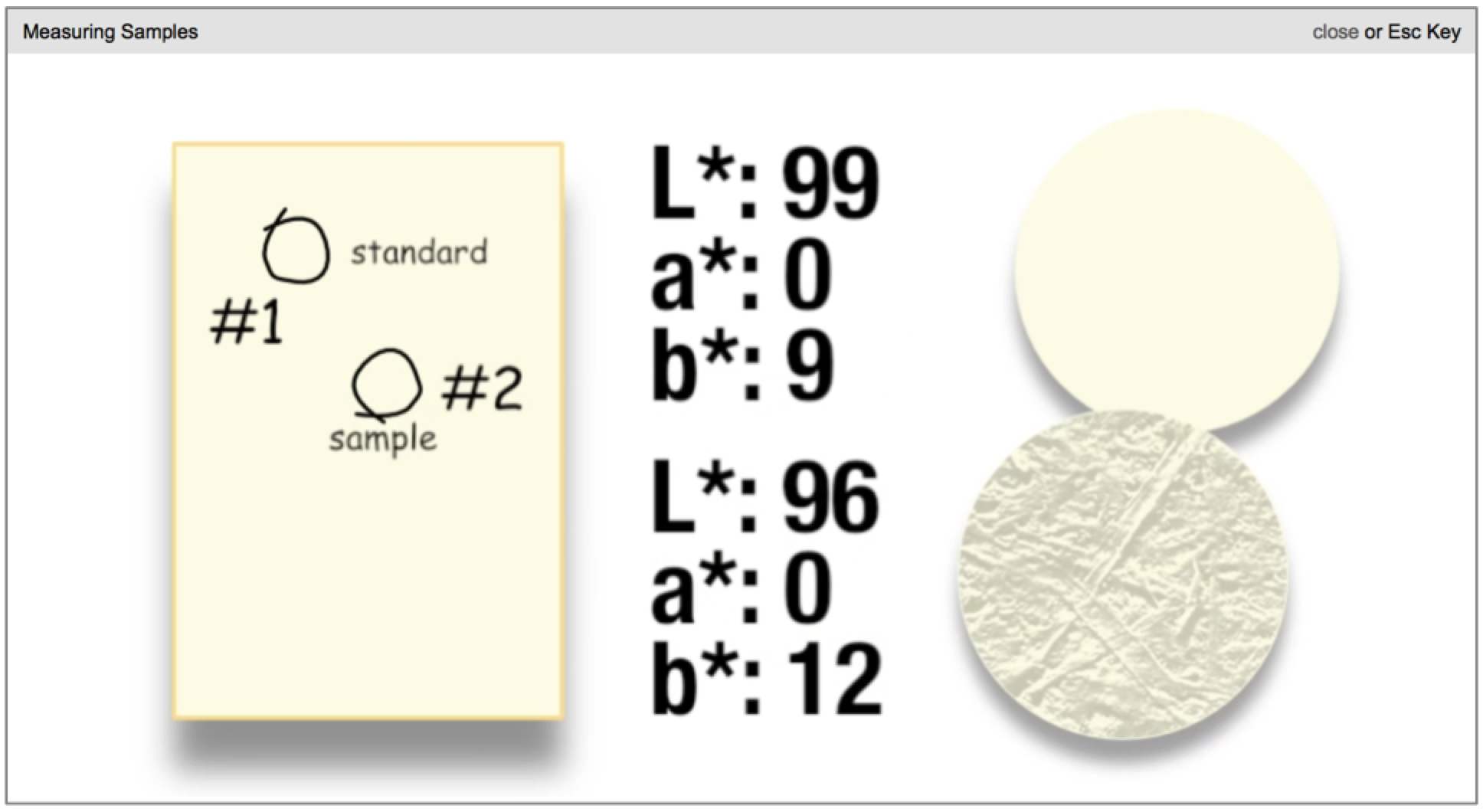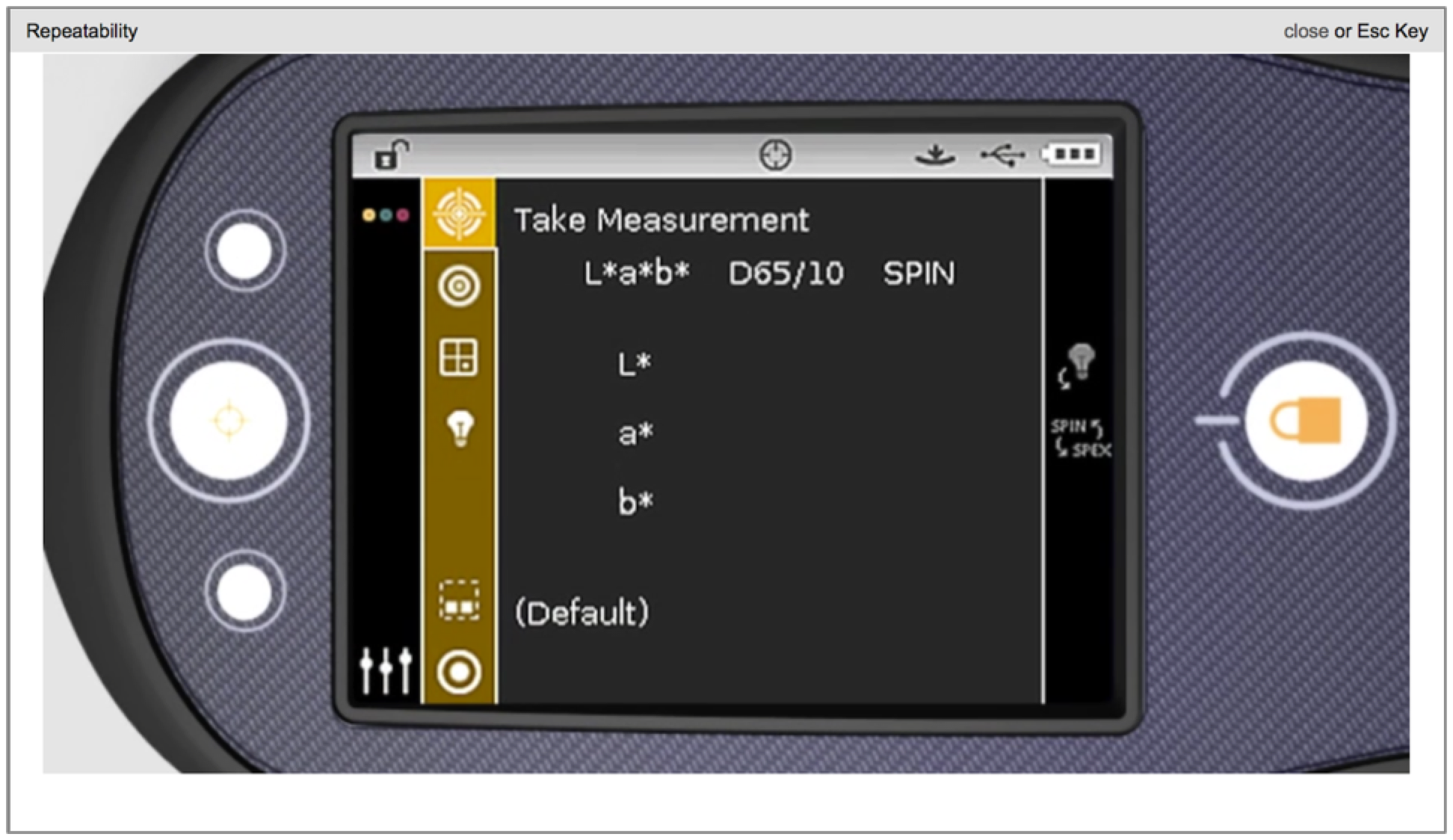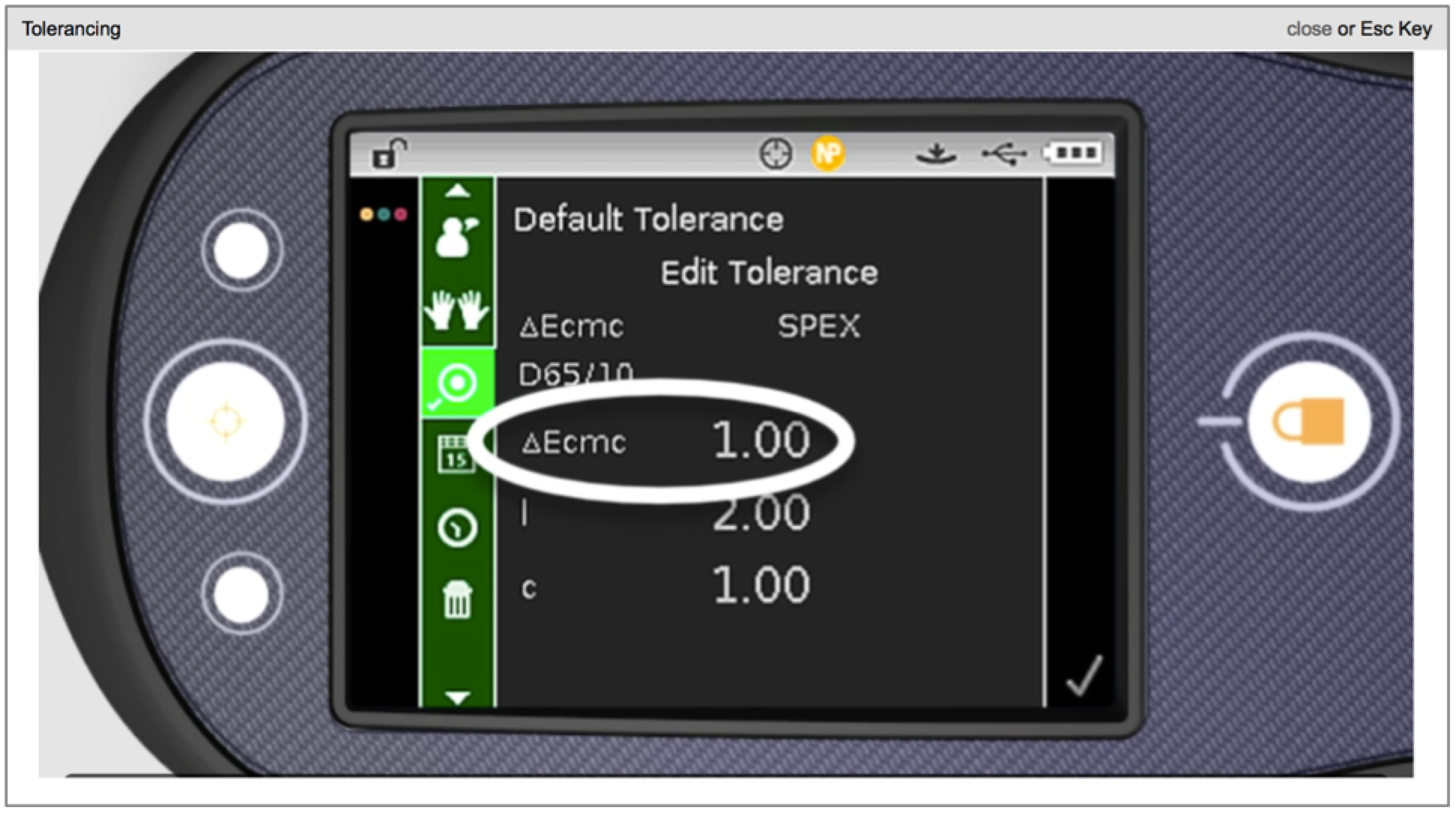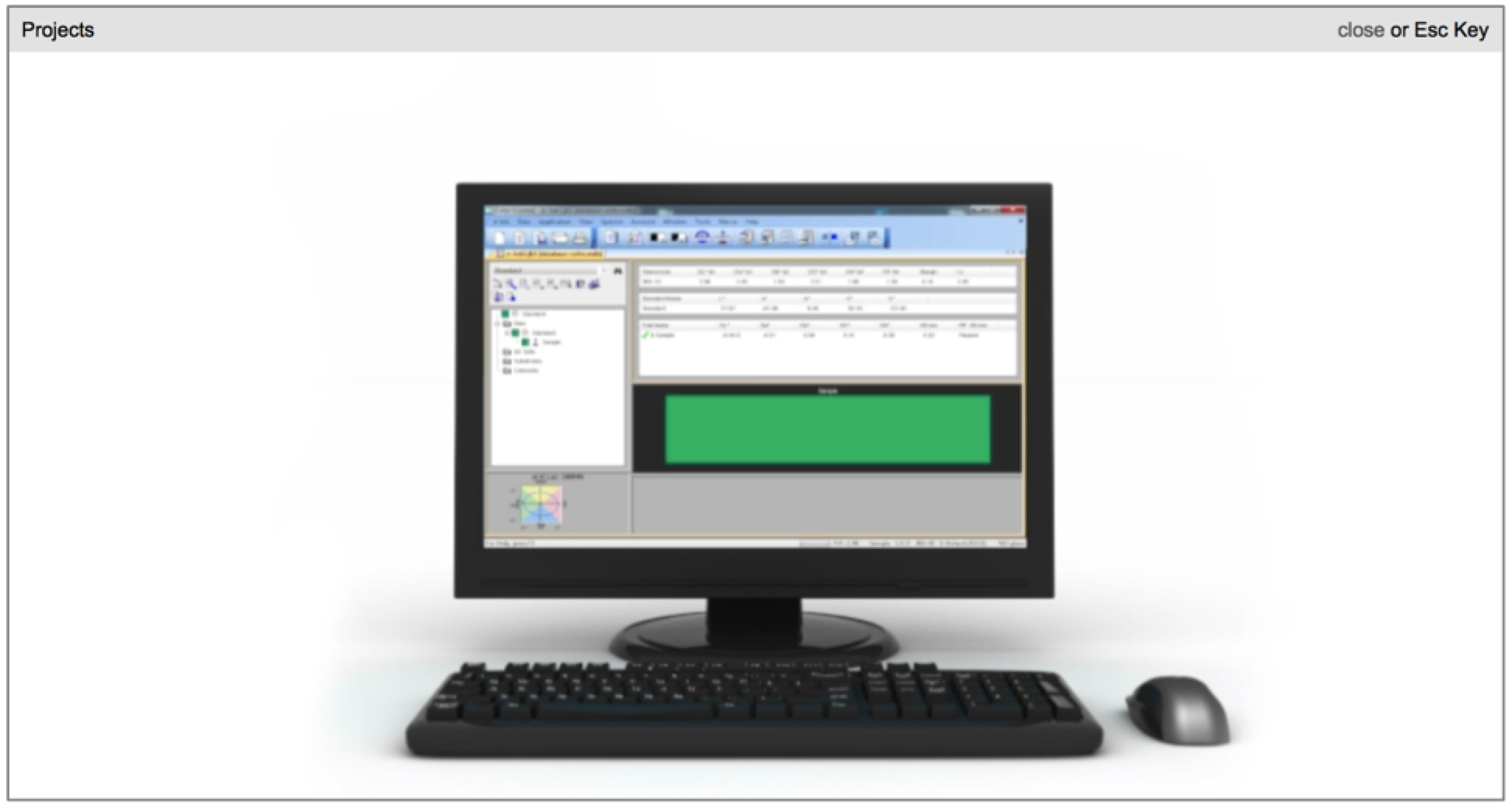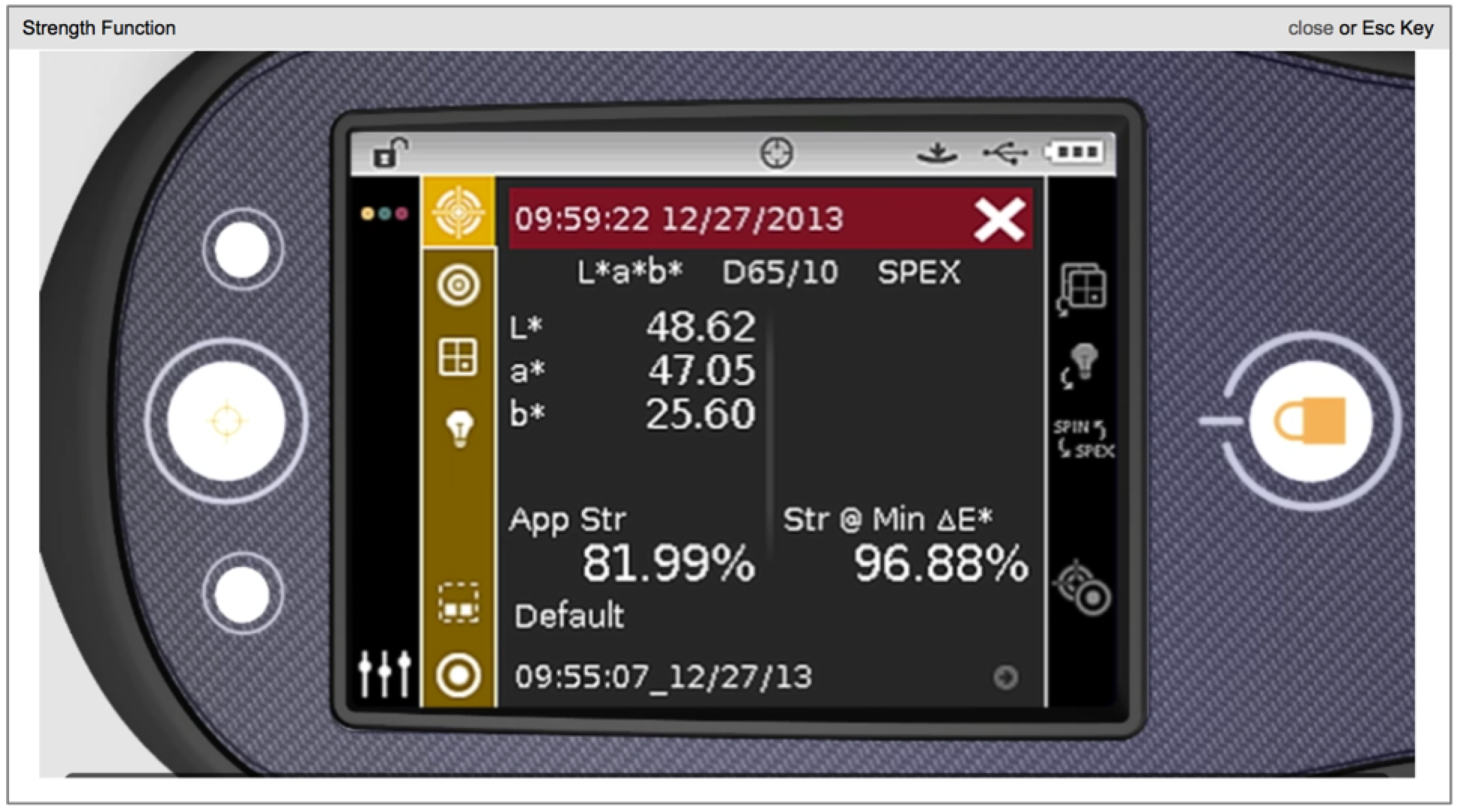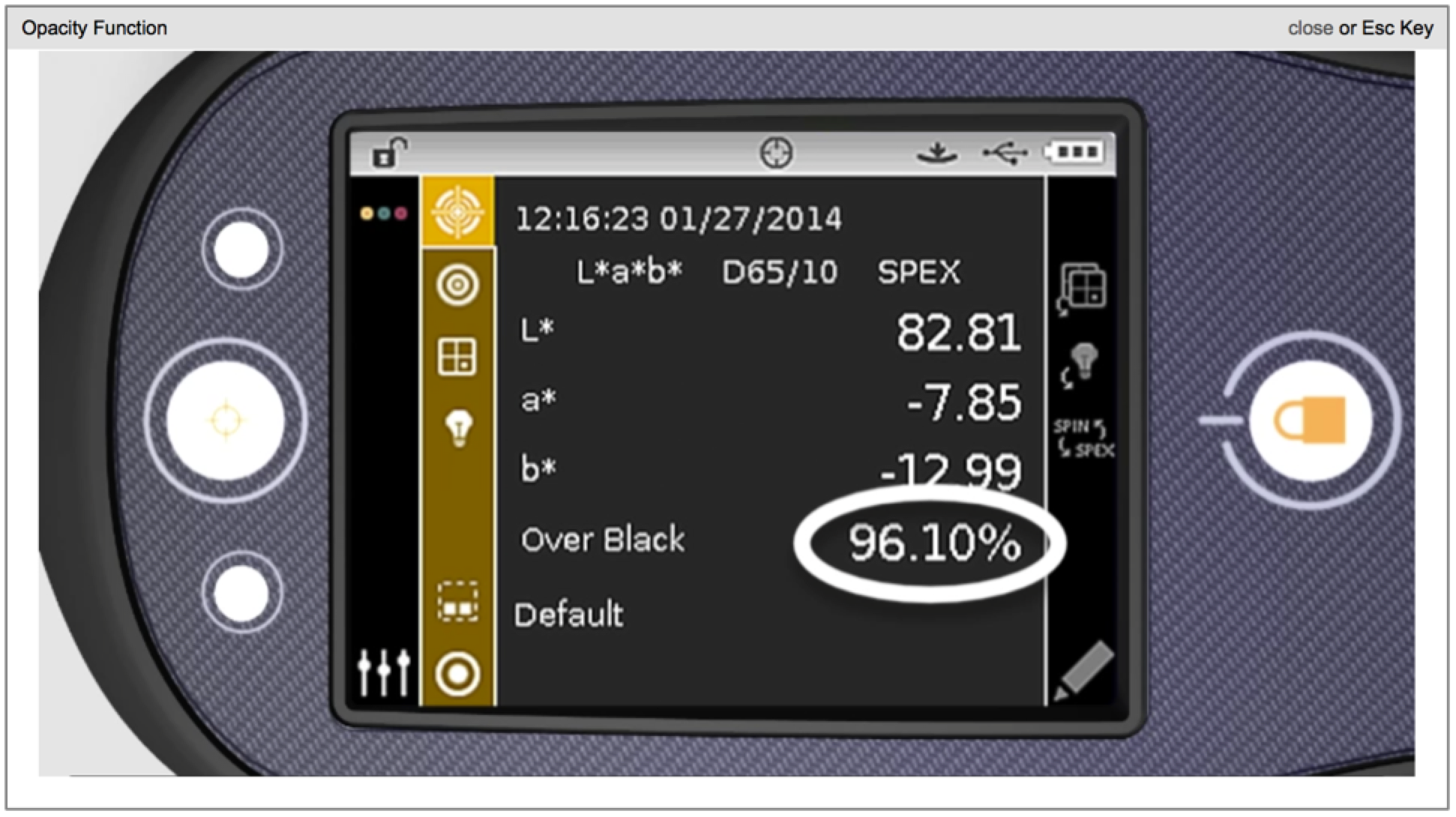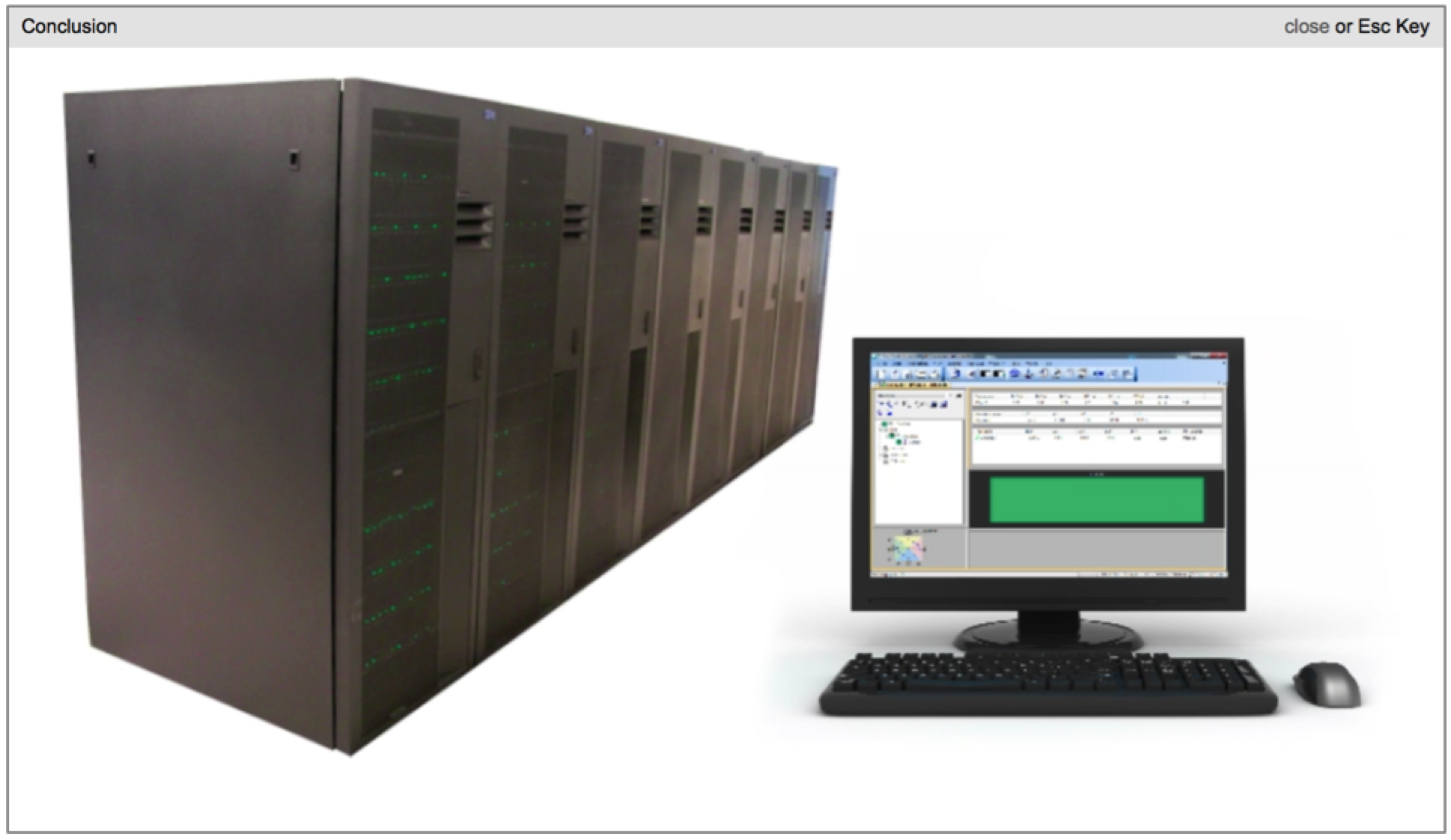In color production, mistakes can happen anytime, anywhere… during specification, formulation, manufacturing, assembly, quality control, or (unfortunately) all of the above. Every mistake adds up to wasted time and materials, and stacking errors across a production workflow can get expensive very quickly.
How can you stop this error stack from happening? If your job requires you to get color right, spectral data should be your best friend.
One of our favorite eLearning courses to help customers maximize the accuracy and efficiency of their color measurement tools is Color Measurement Essentials. Each module includes videos to teach the basic concepts, plus hands-on exercises that allow you to practice what you learned using your device. Although the exercises can be applied to other instruments, they were developed with the Ci6x series in mind.
Each module also includes a short quiz to ensure you retain the key concepts. An overall score of 80% or higher earns a certificate of completion – a great way to impress your customers!
Sound interesting? Read on to learn how Color Measurement Essentials can help you increase accuracy and efficiency in your color workflow.
Section 1: Color & Appearance Review
From DeltaE and Delta CMC to LAB and LCh, this section explains the basics of color quality so you can effectively control it. If you’ve been lucky enough to attend our Fundamentals of Color and Appearance seminar, you already know all of this and can skip this section.
To learn more, consider our Color Theory: Understanding the Numbers of Color eLearning course. Modeled after the Fundamentals of Color and Appearance seminar, it dives even deeper into color theory, plus introduces effective color communication methods you can use in your own organization. At just $59, it’s a deal that’s too good to pass up.
Section 2: Calibration
Calibration compensates for changes in your device’s ability to create light and ensures the reflectance curves for white and black are pointing to the correct places in color space. This section looks at why we calibrate and how often it is necessary for your workflow.
Section 3: Color Spaces & Illuminants
Properly configuring your instrument for color space, illuminant and observer is crucial for collecting accurate color data. This section explains why and how, then helps you configure your instrument.
Section 4: Measuring Standards
Next learn how to decipher standard measurements, the benefits of toggling between parameters, and the pitfalls that plague many users.
Section 5: Measuring Samples
When you measure a sample, you can compare it against the standard and use the device to calculate the color difference. This section explains how devices can pick up even the most miniscule color differences, then allows you to practice.
Section 6: Repeatability
Repeatability indicates how accurately your device can repeat a measurement. Watch, learn, and practice testing your instrument to ensure it’s functioning as it should.
Section 7: Averaging
Averaging allows you to reposition the instrument and take multiple measurements to create an accurate average. This section walks you through the process with your device, then allows you to practice.
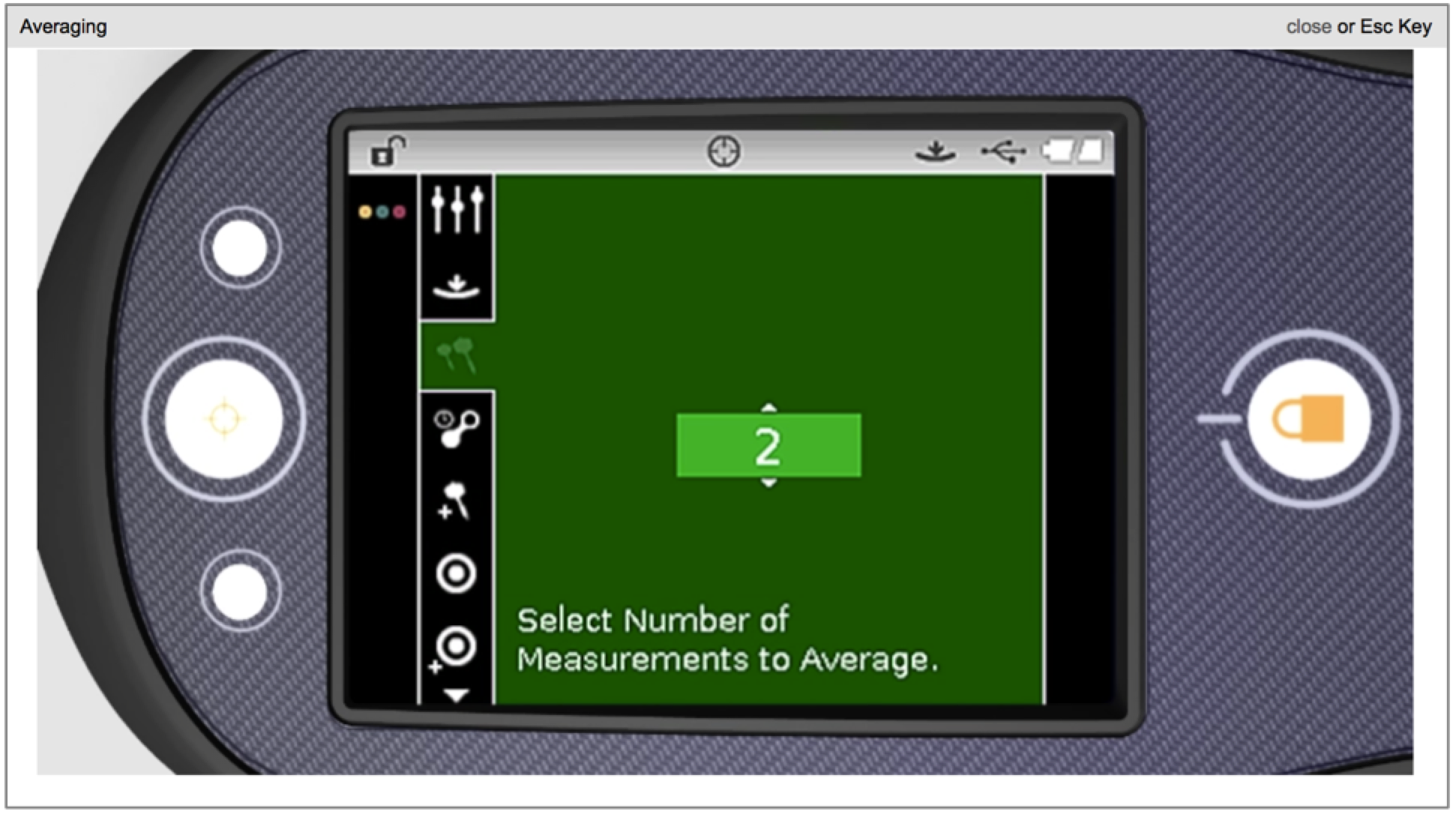
Section 8: Compare Mode
This section explains how to use the Compare mode to measure a standard and sample, and let the instrument calculate the Delta L, Delta A, Delta B, Delta E numbers for you. It’s a handy feature that can save a time and human error.
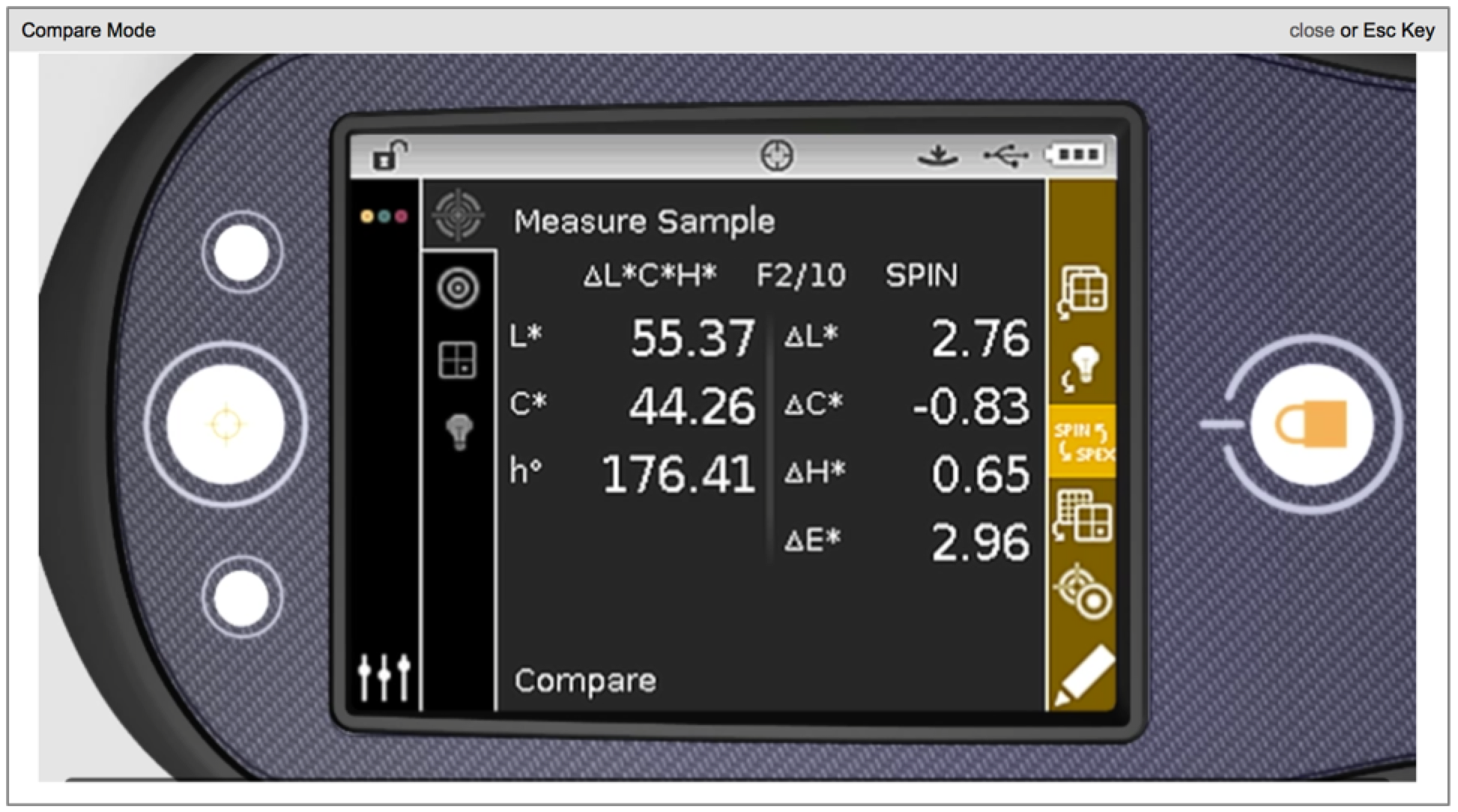
Section 9: Tolerancing
A pass/fail tolerance is the amount of color variation that is considered commercially acceptable. Learn how to set a tolerance within your device to automatically calculate whether your measurements pass or fail.
Section 10: Projects
Projects allow you to group standards together to fit your workflow and automatically apply color metrics and calculate color differences. Watch how to use this powerful and complex feature, then practice it on your device.
Section 11: Strength Function
Learn and practice how to use the strength function to calculate the difference between dye and ink lots, allowing you to easily adjust and create recipes for new batches.
Section 12: Opacity Function
Most printing inks are not completely opaque. This section shows you how to use the opacity function to determine how an ink or dye will appear when laid down on a printing press.
Section 13: Conclusion
The course wraps up with a quick review and explanation of the three Ps of color quality control to help you maintain consistency in your environment.
Sign me up!
In color measurement, technology is always changing. Just like other professionals who are required to take continuing education classes, you need to stay informed to stay ahead of the game. Continuing to learn will improve your color workflow, save you time and money, keep your customers happy, and win you more business.
When you purchase a Ci6x device, you automatically receive one seat in Color Measurement Essentials. To purchase additional seats, or if you already own your device, you can sign-up on our website.
